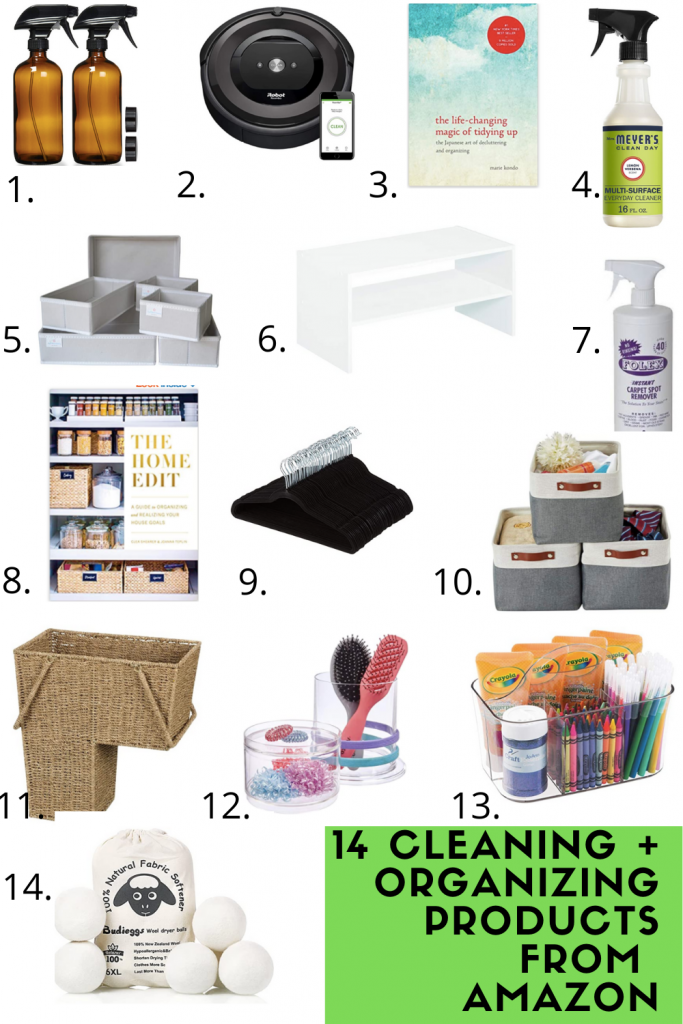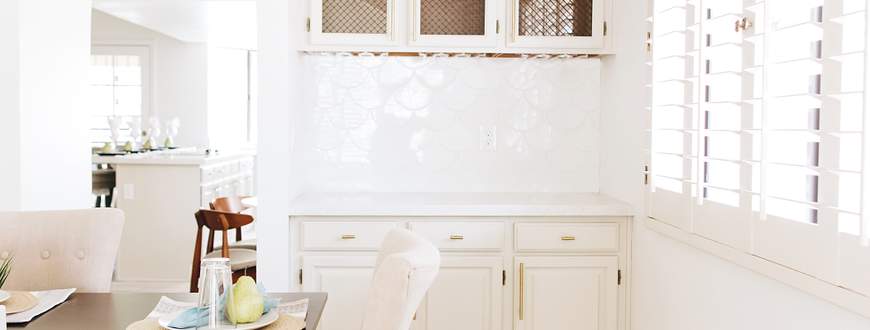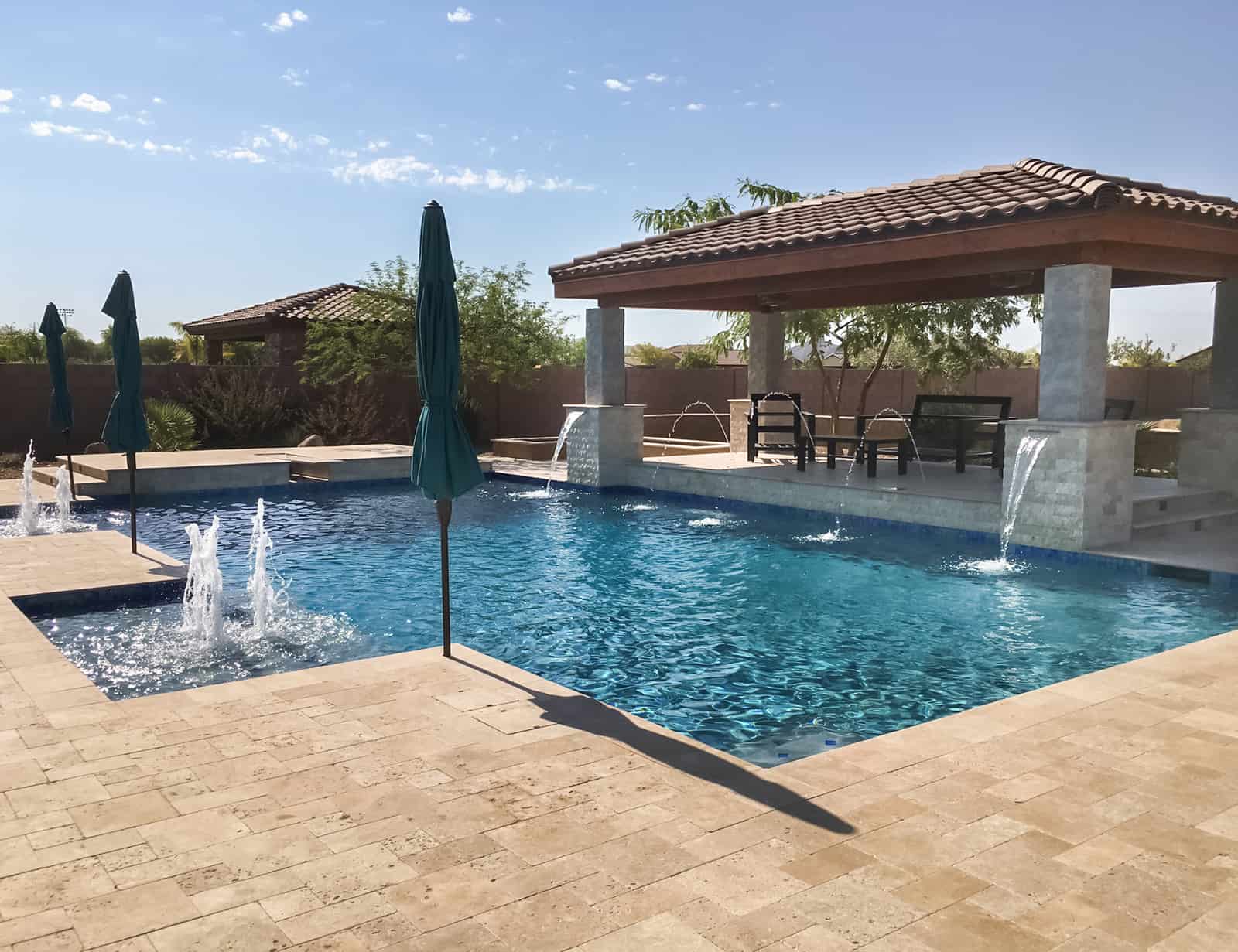
A roof extension can improve the value of your home, add new rooms and increase your living space. There are many benefits to roof extensions. You should be aware of these factors before you begin any work. It is important to establish a budget before you begin any roof extensions. A qualified roofing specialist is available to help you choose the right kind of roof for your specific needs.
The style of your roof can have a significant impact on the appearance of your home. Be sure to consider the end look of your home when choosing the style of your extension. This will help you select the best material. The best roof extension material is corrugated metallic sheets. They are long-lasting and reliable. Metal roofing sheets can be designed with a tile effect to enhance the extension's aesthetic appeal.

A flat roof extension can double as a garden bed. A roof extension can be used to create a garden space on your property. This is the best solution for those with green thumbs and environmental concerns. Flat roof extensions require higher load-bearing capacities, so it is important to ensure that your team is familiar with your requirements. Rollsec can help you with expert advice and the best quality materials if your flat roof extension is in order.
A pitched-roof extension is an excellent option for those who need extra space but don't want to build a new building. JLArchitecture designed the new structure in this example. The extension extends from an existing house. This allows for more ceiling height while also creating extra space for the kitchen and dining areas. You can also match the colour of your house to make it more attractive.
A pitched-roof extension offers you extra space, but doesn't block your neighbours' light. It creates a link between your home, garden and it. The angled design that GOAStudio created is attractive from the outside. It also allows you to maximize natural light by adding additional glazing. The additional glazed section also brings in more light, making it the perfect choice for those who enjoy outdoor space.

A roof extension can be used to increase the space in your attic. It is a great option to increase storage space or place water tanks. A large attic space can also be used for creating a new living space. A large roof void is a great benefit in Australia. Proper ventilation is vital to regulate the temperature inside your home.
FAQ
How much does it take to renovate a home?
Renovations usually cost between $5,000 and $50,000. Most homeowners spend between $10,000-$20,000 on renovations.
How long does it take for a home to be renovated?
It all depends on the project's size and how many hours you spend each week. On average, homeowners spend between three and six hours per week working on their project.
How do I select a competent contractor?
Ask family and friends to recommend contractors. You can also look online for reviews. It is important to confirm that the contractor that you choose has worked in the same area as you. Request references and make sure to verify them.
How do you renovate a house with no money?
When renovating a home without spending money, the following steps should be followed:
-
Plan your budget
-
Find out which materials you require
-
Decide where to put them
-
Make a list.
-
Calculate how much money is available
-
Plan your renovation project
-
Start to work on your plans
-
Online research is a good idea.
-
Ask friends and family to help
-
Get creative
How should home renovations take place?
The first thing you need to do when renovating your home is to decide where you want to put everything. If you intend to sell your home in the near future, you need to think about how you will present it to potential buyers. The next step is to plan the layout of your living, kitchen, and bathroom. After you've decided on the rooms that you wish to renovate, it is time to start searching for contractors who are experts in these areas. You can then begin your renovations once you have hired an expert contractor.
Statistics
- Most lenders will lend you up to 75% or 80% of the appraised value of your home, but some will go higher. (kiplinger.com)
- Design-builders may ask for a down payment of up to 25% or 33% of the job cost, says the NARI. (kiplinger.com)
- They'll usually lend up to 90% of your home's "as-completed" value, but no more than $424,100 in most locales or $636,150 in high-cost areas. (kiplinger.com)
- On jumbo loans of more than $636,150, you'll be able to borrow up to 80% of the home's completed value. (kiplinger.com)
- According to the National Association of the Remodeling Industry's 2019 remodeling impact report , realtors estimate that homeowners can recover 59% of the cost of a complete kitchen renovation if they sell their home. (bhg.com)
External Links
How To
How do I plan for a whole house renovation?
It takes careful planning and research to plan a complete house remodel. Before you begin your project, there are many things to think about. It is important to determine what type of home improvements you are looking to make. There are several categories you can choose from, such as bathroom, kitchen, bedroom, living area, and so on. Once you've decided on which category to work on you will need to calculate how much money is available for your project. If you do not have any previous experience in working with homes, it is best that you budget at least $5,000 per bedroom. If you have some previous experience, you may be capable of getting away with a lower amount.
Once you have figured out how much money you can afford to spend, you'll have to determine how big of a job you want to tackle. You won't be capable of adding a new floor, installing a countertop, or painting the walls if your budget is limited to a small remodel. You can do almost everything if you have enough cash for a full-scale kitchen renovation.
Next, find a contractor who is skilled in the type and scope of work you wish to undertake. This will guarantee quality results, and it will save you time later. After finding a good contractor, you should start gathering materials and supplies. It depends on how large your project is, you might need to buy everything made from scratch. However, there are plenty of stores that sell pre-made items so you shouldn't have too much trouble finding everything you need.
After you've gathered all the supplies you need, it's time to begin making plans. You will first need to sketch out an outline of the areas you plan to place appliances and furniture. The next step is to design the layout of the rooms. Remember to leave enough space for outlets and plumbing. It is a good idea to place the most important areas nearest the front door. This will make it easier for visitors to access them. Final touches to your design include choosing the right colors and finishes. You can save money by using neutral colors and simple designs.
Now it's time for you to start building. Before you begin any construction, make sure to verify your local codes. Some cities require permits while others allow homeowners to build without one. To begin construction you will first need to take down all walls and floors. Next, you'll need to lay plywood sheets in order to protect your new floors. Next, you'll attach the wood pieces to the frame of your cabinets. Lastly, you'll attach doors and windows to the frame.
When you're done, you'll still have a few finishing touches to do. You might want to cover exposed pipes or wires. To do this, you'll use plastic sheeting and tape. Mirrors and pictures can also be hung. Be sure to tidy up your work space at all costs.
If you follow these steps, you'll end up with a beautiful, functional home that looks great and saves you lots of money. Now that you know how to plan a whole house remodeling project, you can go ahead and get started!